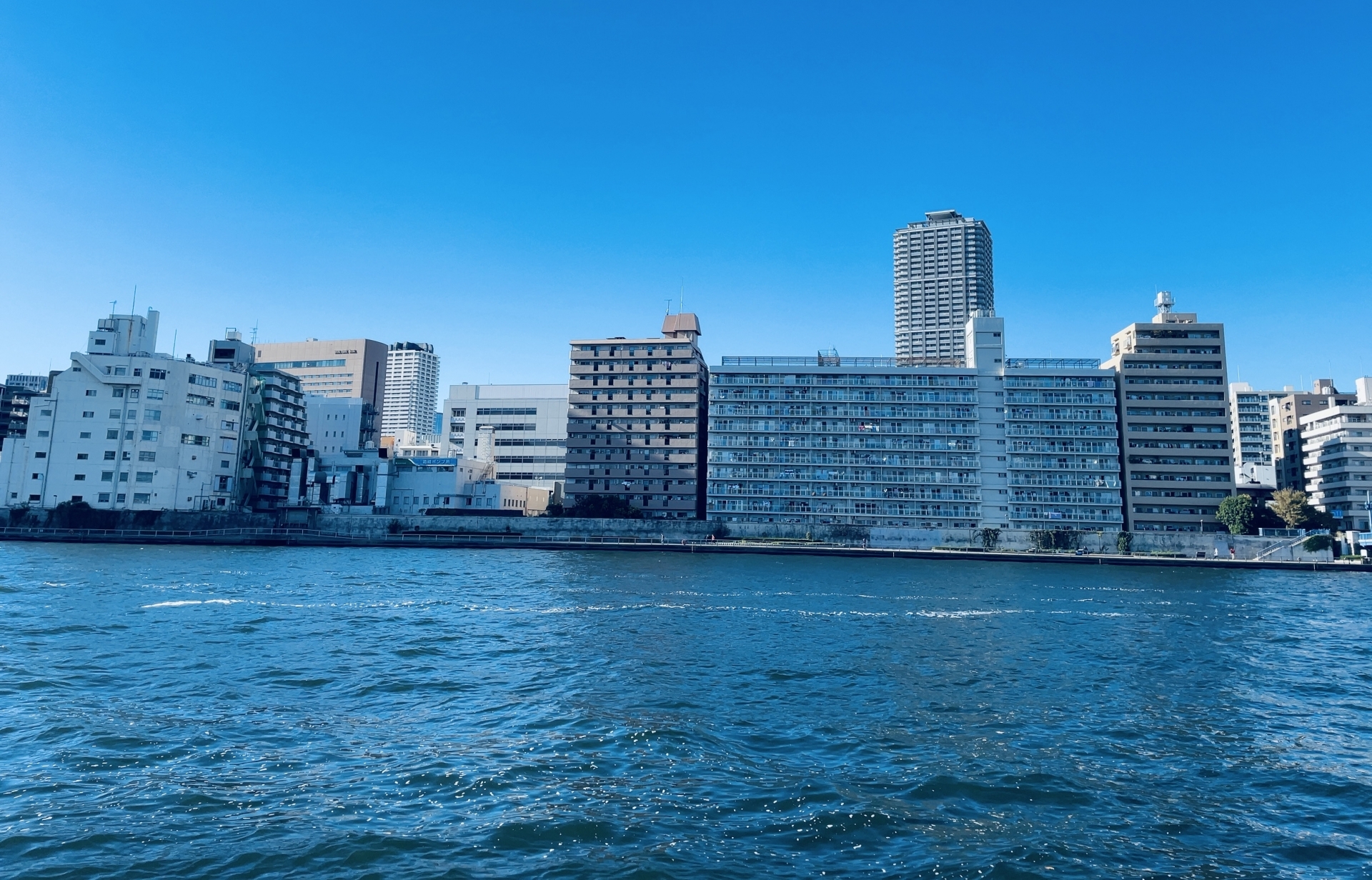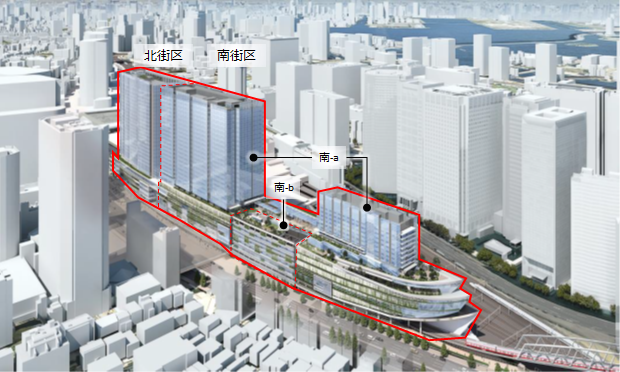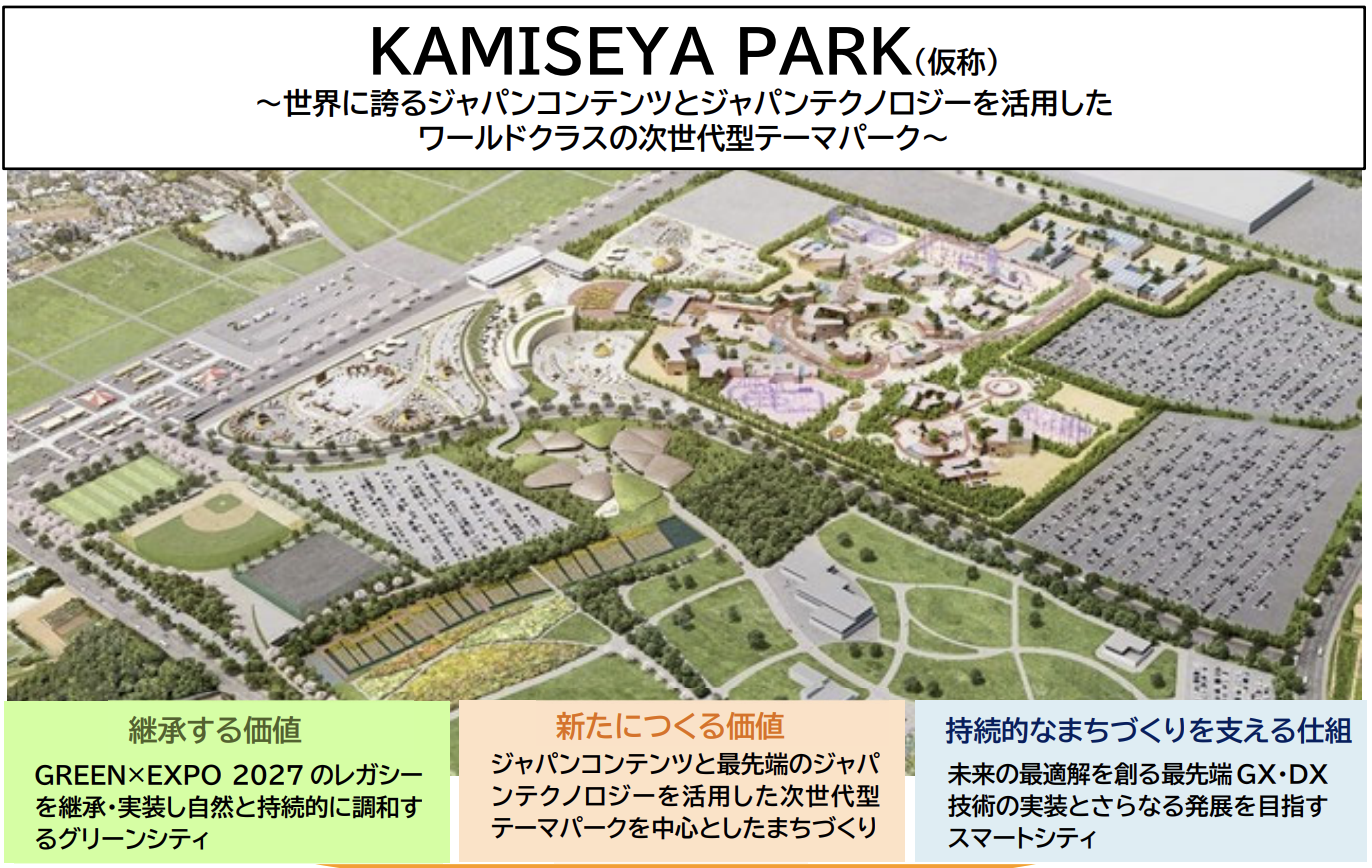The Trump Administration's tariff policy, implemented in April 2025, has a complex and far-reaching impact on Japan's logistics real estate market. The U.S. policy of imposing a 25% tariff on automobiles from Japan and a temporary flat 10% "universal tariff" (reduced from the original 24% during the negotiation period) is rapidly changing Japan's export sector and logistics demand. While these policies could reduce Japan's GDP by 0.6-0.8% in 2025, defensive domestic consumption and supply chain restructuring are creating new opportunities in the logistics real estate market.
Impact of Latest Trump Tariffs on Japanese Logistics Facilities
Changing trade patterns are driving a fundamental restructuring of Japan's logistics real estate market, materializing in the form of regional demand differentials, evolving facility specifications, and shifting investment strategies. As export-oriented companies seek to absorb the impact, the shift from "just-in-time" to "just-in-case" inventory management is creating demand for more storage space. Manufacturing inventories increased 60% from Q4 2019 to Q4 2023, particularly raw material inventories in automotive manufacturing, which increased 105%.
Trump Administration's Latest Tariff Policies and Overview
The Trump Administration is implementing a major tariff policy in April 2025:
- Universal base tariffs: starting April 5, 2025, a 10% tariff will be applied to virtually all imports into the U.S.
- Country-specific tariffs: originally announced on April 2, 2025 to impose higher individual tariff rates on countries with which the U.S. has a trade deficit, but a 90-day moratorium was announced on April 9 for all countries except China
- China Specific Tariffs: current rate is 145% on most imports from China (125% reciprocal tariff plus 20% tariff related to fentanyl)
- Section 232 Tariff (National Security): 25% tariff on all imported automobiles and auto parts (effective April 3, 2025)
- Impact on Japan: During the 90-day moratorium, a 10% base tariff applies, with a 25% tariff specifically on automobiles and auto parts (particularly important because automobiles account for approximately 28% of Japan's exports to the US)
Prior to the suspension, Japan was subject to a 24% tariff. This higher tariff rate may resume after the suspension period unless a bilateral trade agreement is signed.
Impact of Tariffs on U.S.-Japan and International Trade
Total trade in goods between Japan and the U.S. reached $227.9 billion in 2024, with Japanese exports to the U.S. totaling $79.7 billion (up 5.4% from the previous year) and imports totaling $148.2 billion (up 0.7%). The automotive sector is the largest category of Japanese exports to the U.S., accounting for about 28% ($41.5 billion).
Trump's tariffs, particularly the 25% tariff on automobiles, have had a significant impact on this important trade relationship:
- Economic Impact: Daiwa Institute of Research estimates that Trump's 24% reciprocal tariff on Japan could reduce Japan's real GDP by 0.6% in 2025
- Automotive Impact: The Center for International Trade estimates that Japan could potentially lose $17 billion in auto exports to the U.S.
- Market reaction: Nikkei 225 fell 2.77% after the tariff announcement, losing 18.7 trillion yen ($127 billion) in market capitalization
- Manufacturing Impact: Japanese construction equipment manufacturer Komatsu expects tariffs to reduce operating income by 27%.
In response to these tariffs, Japanese companies are pursuing the following strategies
- Production relocation: Shift production directly to tariff-free countries or the U.S. market
- Leverage regional trade agreements: RCEP (Regional Comprehensive Economic Partnership) and CPTPP (Comprehensive and Progressive Agreement on Trans-Pacific Partnership) to improve access to other markets
- Inventory management: build inventory in the U.S. before tariffs are implemented and enhance just-in-time inventory management
- Strengthen regional integration: Accelerate trade integration within Asia, especially growth of trilateral trade between China, Japan, and Korea.
Impact of Tariff-induced Changes in Trade Patterns on Japan's Logistics Real Estate Market
Trump's tariff policies are having the following specific impacts on the Japanese logistics real estate market
1. changes in logistics demand
- Accelerated shipping behavior: Japanese exporters, especially in the electronic components (+35.8%), pharmaceuticals (+29.7%), and automotive (+4.1%) sectors, will accelerate shipments to the U.S. prior to tariff implementation in March 2025
- Manufacturing Return to Japan / Shift to Neighboring Countries: Between May 2020 and March 2022, Japan's METI will subsidize 439 projects to return to Japan, while JETRO will approve 104 projects to shift to neighboring countries.
- New Inventory Requirements: U.S. tariffs will force Japanese exporters to raise safety stock levels and maintain larger inventories, increasing demand for warehouse space
2. vulnerabilities by region
- Tokyo area: vacancy rate for large multi-tenant logistics facilities rose to 10.1% in Q3 2024, signaling an oversupply problem that could be exacerbated by trade disruptions
- Osaka area: vacancy rates are much lower (about 4.0% in 3Q2024), making this region less vulnerable to tariffs. Benefiting from diversification of manufacturing and proximity to Asian markets
- Nagoya Area: vulnerability is heightened by the concentration of auto manufacturing; according to CBRE, manufacturing inventories are the primary driver of logistics demand in the Nagoya area, particularly sensitive to tariffs on autos
- 2. the Fukuoka area: historically low vacancy rates (1.8% reported by CBRE in 2023), with growth in semiconductor manufacturing and proximity to Asian markets providing some protection from the impact of U.S. tariffs
3. adaptive strategies for developers and investors
- Tenant base diversification: Developers are focusing on multi-tenant facilities rather than single-tenant properties to mitigate risk.
- Regional diversification: The combination of the "2024 problem" (regulations limiting trucker hours) and the impact of tariffs are accelerating the development of regional logistics facilities
- Increased investment in technology: warehouse automation and advanced inventory management systems are prioritized to offset potential cost increases from tariffs
- Focus on Cold Storage: Developers are investing in cold storage facilities, providing modernization opportunities that are less susceptible to trade tensions
4. measurable impact on market indicators
- Vacancy Rate Variance: National averages mask significant regional differences. Vacancy rates in the Tokyo area will rise to 10.1% in 3Q2024, while the Osaka area remains at 4.0%, reflecting regional differences in trade exposure
- Rent Adjustment: Despite rising vacancy, effective rents in the Tokyo area rose 0.2% q-o-q to 4,500 yen per tsubo in 3Q2024, suggesting stability in prime locations despite trade uncertainty.
- Investment Shift: Total Japanese commercial real estate investment will exceed 4 trillion yen in 2024, with significant interest in logistics real estate from both domestic and foreign investors despite tariff concerns
Current and Future Outlook for Japan's Logistics Real Estate Market
Current Market Conditions
- Tokyo metropolitan area: Q3 vacancy rate 10.1% (up 0.4 points QoQ)
- Osaka area: Vacancy rate in the third quarter: 4.0% (up 0.3 points from the previous quarter)
- Nagoya area: Vacancy rate in the third quarter: 13.7% (down 0.9 points from the previous quarter)
- Fukuoka area: Vacancy rate in the third quarter: 5.4% (up 2.2 points from the previous quarter)
Important Trends
- E-commerce growth: Japan's e-commerce market size will reach $258 billion in 2024 and is projected to grow at a CAGR of 11.02% to $692.8 billion by 2033.
- Automation and Technology: The Japanese logistics automation market is expected to generate revenues of $1,057.1 million in 2023 and reach $2,781.6 million by 2030 at a CAGR of 14.8%.
- Last-Mile Delivery Evolution: Last-mile delivery is rapidly changing due to increased e-commerce demand and the "2024 problem" labor shortage.
- Impact of the "2024 Problem": Starting in April 2024, truck drivers will be limited to 960 hours of overtime per year, significantly impacting logistics operations.
Market Outlook
- Japan's logistics real estate market is projected to grow at a CAGR of 3.90% from $335.84 billion in 2025 to $406.7 billion by 2030
- Nationwide net absorption is projected to reach approximately 1 million tsubo per year over the next several years, indicating the continued expansion of Japan's large multi-tenant logistics market
- Rising construction costs and trade uncertainties are expected to slow the logistics development pipeline, potentially leading to a supply-demand imbalance by 2027
- Older logistics facilities (54% over 30 years old) will face modernization or conversion pressures due to changing tenant requirements from supply chain restructuring
Strategic perspectives for real estate investors and industry players to consider
Investment Strategies
- Defensive positioning: REITs and institutional investors are geographically diversifying their portfolios in Japan to reduce exposure to export-dependent regions
- Focus on risk-adjusted returns: investors are prioritizing assets with stable, long-term leases with high-quality tenants with diverse business models that can withstand trade disruptions
- Reshoring Support Facilities: Investors are targeting logistics facilities that support re-domesticated manufacturing industries that are subsidized by the Japanese government, particularly semiconductors and electronic components
Best Investment Segments
- Modern multi-tenant logistics facilities: These offer the strongest performance profile and show significantly lower vacancy rates than older facilities.
- Cold Storage/Temperature Controlled Facilities: As Japan strengthens domestic food security in response to global supply chain disruptions, facilities supporting food storage and pharmaceuticals are showing strong resilience to tariff impacts.
- E-commerce distribution centers: These continue to perform well as domestic e-commerce growth accelerates, providing a hedge against tariff-induced export slowdowns.
Investment Strategy by Region
- Osaka/Kansai: Excellent fundamentals (vacancy rate of 3.7%, yield of 4.2-4.5%) and proximity to both manufacturing and domestic consumption
- Fukuoka/Kyushu area: strategic position for Asian trade flows (vacancy rate 3.2%) and growing semiconductor industry
- Selective opportunities in the Tokyo area: despite high vacancy rates (9.7%), certain submarkets, such as inland Chiba, offer opportunities for facilities that support domestic consumption rather than exports
- Location to approach with caution: the Nagoya market exhibits higher vacancy rates (14.6%) and a greater reliance on auto manufacturing, which is affected by tariffs
Risk Mitigation Approach
- Fixed-rate debt structures: Industry experts recommend securing longer-term fixed-rate financing to guard against interest rate volatility due to economic uncertainty caused by tariffs.
- Tenant Diversification: Experts warn against overconcentration in export-oriented tenants and certain sectors (e.g., auto) most affected by tariffs.
- Focus on risk-adjusted returns: Investors prefer assets with stable, long-term leases with high-quality tenants with diverse business models that can withstand trade disruptions
Conclusion.
While Trump's tariff policies pose significant challenges for Japan's logistics real estate market, they also offer important opportunities for investors. The market transformation driven by the tariffs is accelerating a trend that benefits modern, well-located logistics facilities, especially in regional markets such as Osaka and Fukuoka where vacancy rates are low and yields are high.
Successful investment strategies focus on properties with specifications that accommodate changing supply chain patterns and apply region-specific strategies that can act toward long-term success.

Daisuke Inazawa
Representative Director of INA&Associates Inc. Based in Osaka, Tokyo, and Kanagawa, he is engaged in real estate sales, leasing, and management. He provides services based on his extensive experience in the real estate industry. Based on the philosophy that “human resources are a company's most important asset,” he places great importance on human resource development. He continues to take on the challenge of creating sustainable corporate value.

.png)













